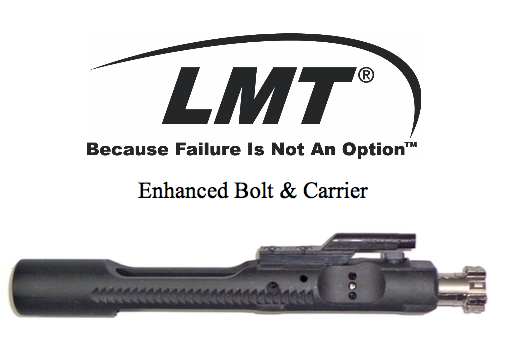I'm doing a bunch of different AR-10 and AR-15 builds, and while looking over my parts list, I've noticed that the majority of my parts are JP Enterprise or VSeven/2A parts.
I was wondering if you guys could list off your top 3 manufacturers for each of the following four areas so that I can expand my parts list beyond just JP:
I'm looking for innovative parts, maybe it's made a certain way or coated in a certain coating that you feel makes their offerings superior to much of the rest of the market.
My priorities are:
My gas systems are from SLR Rifleworks or whatever comes with whatever barrel I go with, while most of the rest of my stuff comes from JP. Outside of those 4 areas, I'm using 2A and VSeven parts everywhere else.
I was wondering if you guys could list off your top 3 manufacturers for each of the following four areas so that I can expand my parts list beyond just JP:
- 1.) Bolt Carrier Groups
- 2.) Firing Pins
- 3.) Buffer Springs
- 4.) Gas Systems
I'm looking for innovative parts, maybe it's made a certain way or coated in a certain coating that you feel makes their offerings superior to much of the rest of the market.
My priorities are:
- Reliability,
- Durability,
- Weight,
- Innovation,
- Value
My gas systems are from SLR Rifleworks or whatever comes with whatever barrel I go with, while most of the rest of my stuff comes from JP. Outside of those 4 areas, I'm using 2A and VSeven parts everywhere else.


